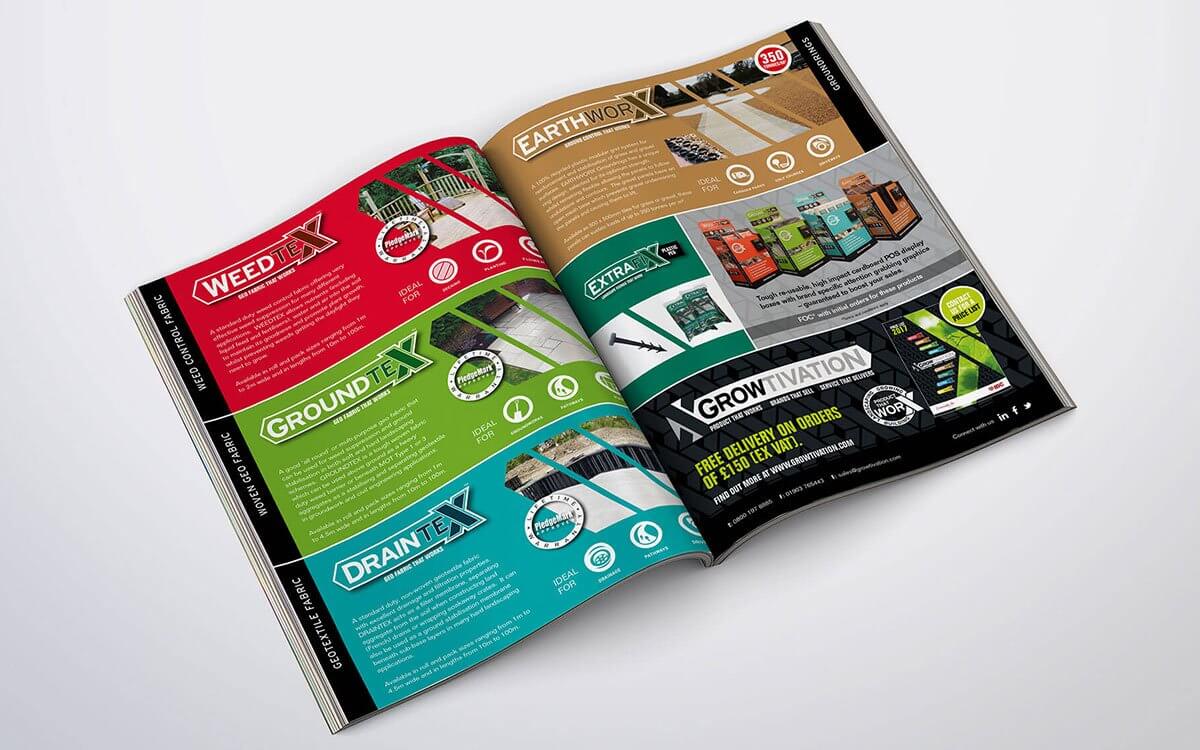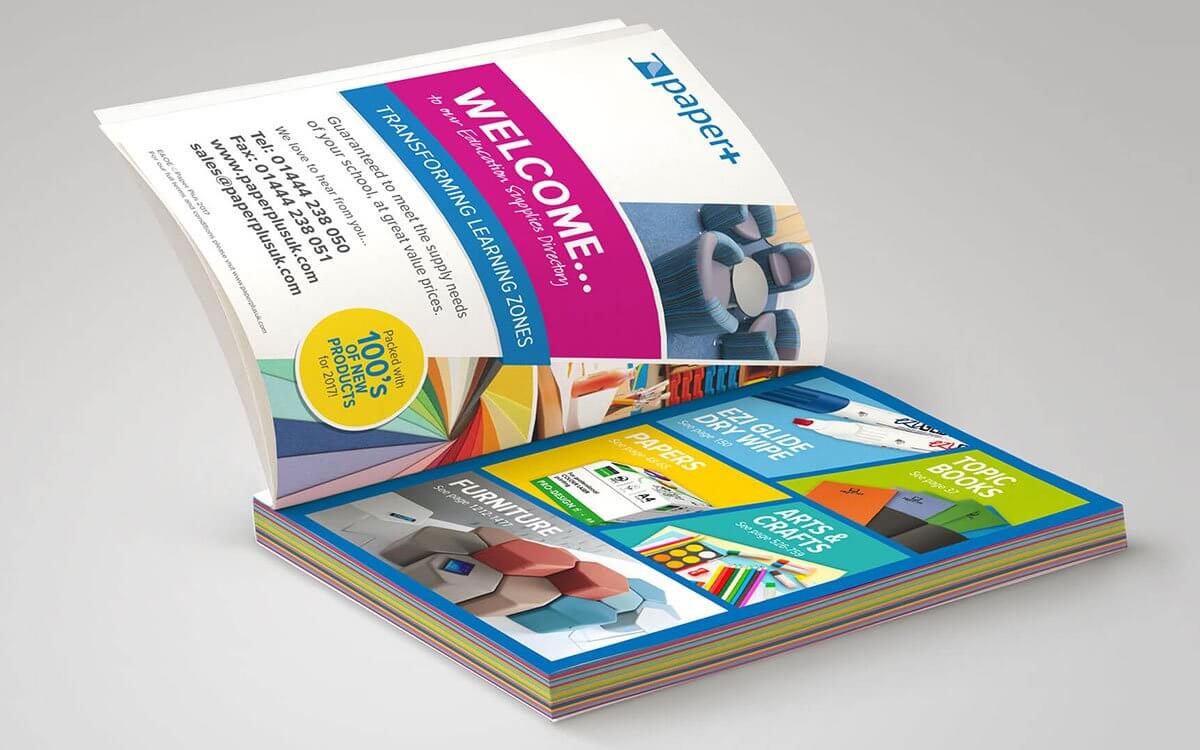What Type of Printing Is Used for Magazines?

A magazine is a great marketing material to grab the attention of your customers and clients. When a magazine is handed to you or arrives through the post curiosity tends to take over and you flick through a few pages. Magazines can ultimately help you get a sale.
Magazine printing is an important factor in your marketing efforts, the type of print can make or break the quality of your magazine. Here, we’ll discuss the different popular print methods available, and which is the best method for your magazine and your bank account!
Different Types of Magazine Printing
Digital
Digital printing is the production of digital images transferred onto physical surfaces. This printing type covers a variety of techniques such as inkjet printing and laser printing. During laser printing, digital image files are sent directly to the printer which removes any need for printing plates which some other printing methods still require. This makes digital printing a much more time and cost-effective printing method for magazines.
Digital printing is perfect for magazines as well as posters, signage, labels, newsletters, menus and letters.
Lithographic/Offset
Lithographic printing is commonly used for mass-production printing. It involves printing plates made from aluminium which hold an image of the content to be printed. These plates are ‘offset’ onto rollers or blankets and then transferred onto the magazine paper.
This type of printing produces high-quality images for small and large-volume jobs, however, it’s not the most cost-effective if you have a small job. It’s a great method for high-volume magazine printing as well as books and stationery.
Flexography
Flexo printing is thought to be a revised version of letterpress. However, it’s more versatile due to its photo-etched plates which bring the ink right onto the page with coloured images and characters. This type of printing is used for speciality products with its quick-drying and semi-liquid inks.
Flexography printing is sometimes used for magazines but is often used for packaging, labels, and anything with continuous patterns (e.g., wallpaper and gift wrapping).
Rotogravure
For long-run, high-speed and high-quality prints, rotogravure is the ideal print type. It produces fine, detailed images by engraving the image onto an image carrier like a copper cylinder as it uses a rotary printing press.
Rotogravure printing is perfect for high-volume printing as it uses fast-drying inks. It can be used for printing magazines but is more suited for greeting cards and advertisement pieces.
Printing For Small Independent Magazines
For smaller magazine companies, digital printing is a cost-effective method with high-quality results. Digital printing has come a long way and is now able to compete with large format jobs. Digital printing offers a fast turnaround with no delay from printing plates or waiting for ink to dry. This is ideal when printing auction catalogues and exhibition programmes as they tend to have small print runs just for the events.
Digital printing uses digital files for on-demand printing and is now the go-to for many companies. It’s particularly economical for printing marketing collateral in smaller print runs.
Printing For Large Magazines
Larger magazine companies with higher-volume print runs would be better suited to offset lithographic printing due to their ability to produce high-quality magazines cost-effectively. In offset printing, the process includes plate making, wetting, and then inking. Due to this process, offset printing isn’t suitable for smaller print jobs, however, larger magazines would see cost, time, and quality benefits.
Printing for Photo-Heavy Magazines
For magazines that contain the use of high-quality, detailed photographs, rotogravure is a great printing method. The process involves direct contact between the photo-etched plates and the paper which allows for the production of brilliant photograph-like prints. However, rotogravure is quite expensive compared to other methods, and you may get a similar effect from offset lithography printing, especially if it’s a high-volume print job. If you have an artist catalogue which you want printing in order to display your artwork, this perfect for you.
High GSM Printing
GSM stands for ‘grams per square meter’ and refers to the weight of the paper. The heavier the paper, the higher GSM. When it comes to magazines, the GSM you use depends on different factors including your objectives and your budget. Higher GSM tends to be more expensive and may require a different print type. Magazines tend to use 80 to 90 GSM with heavier paper for the protective cover. To discuss your requirements for higher GSM magazine printing, get in touch with us now.

